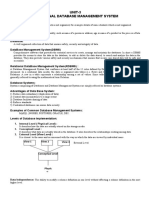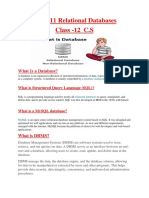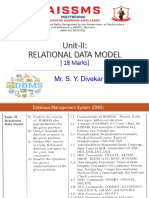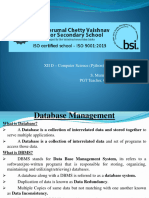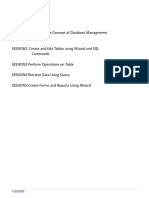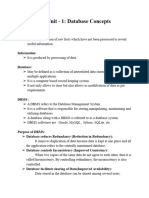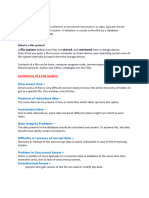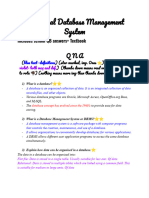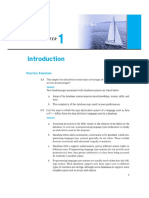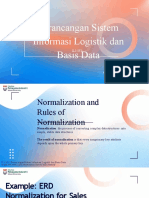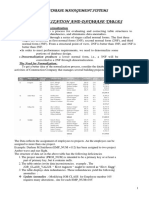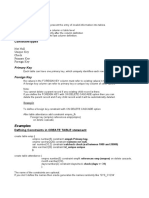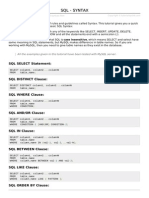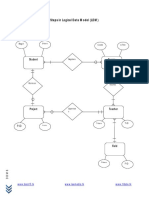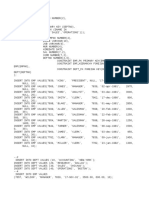0% found this document useful (0 votes)
222 views35 pagesRDBMS 12
Uploaded by
Mohd Ashfaq NajarCopyright
© © All Rights Reserved
We take content rights seriously. If you suspect this is your content, claim it here.
Available Formats
Download as PPTX, PDF, TXT or read online on Scribd
0% found this document useful (0 votes)
222 views35 pagesRDBMS 12
Uploaded by
Mohd Ashfaq NajarCopyright
© © All Rights Reserved
We take content rights seriously. If you suspect this is your content, claim it here.
Available Formats
Download as PPTX, PDF, TXT or read online on Scribd
/ 35




